Fred Appleton, from Alpha in Queensland, manages a 180,000ha enterprise with 45,000 cattle, including 14,500 breeding cows. He manages the day-to-day operations on two of his family’s properties and oversees the managers on four additional properties.
The steers are mainly fattened and sold to meat factories, with the rest sold into the feeder market.
“We’ve changed the operation to an organic beef farm,” said Appleton. He explained that in Australia, they do not have to put any inputs into their land. This made it easy to convert to organic and this is what the consumer wants.
“The beef prices had been really tough so we thought outside the box and said we’d try the organic production. The return on the animal is quite significant,” Appleton said.
Four years ago, the Australian government closed the live export trade, so there was a “bottleneck in supplies and the cattle trade was really tough”. At the time, beef farmers were receiving in the region of $3/kg (€2/kg at today’s exchange rate), while organic farmers fetched a $2/kg premium (€1.35/kg).
Antibiotic resistance
“It was a $500/head (€337) difference and our base was pretty much organic anyway, so why not go down that path,” said Appleton, adding that organic does not suit every farmer in Australia.
On his visit to Cavan for the Nuffield contemporary scholars’ conference this month, Appleton noted the debate around antibiotic resistance, which is not a problem on his farm because the animals are not vaccinated or treated for various diseases.
My property is nearly 200,000ha, you can’t go and check on them every morning.
“Our cow has a calf and it literally does it all by itself,” he said. “Then the animal will graze for two years and then we sell it. We leave it to natural selection really. I mean, my property is nearly 200,000ha, you can’t go and check on them every morning.”
The focus for his Nuffield study, supported by Rabobank, will be marketing the grass-fed image of Australian beef to the predominantly urban-based consumers in Australia.
“It’s really tough going for us, it’s red tape after red tape,” said Appleton, who admired the enthusiasm surrounding the agricultural sector in Ireland.
“Here it seems to be more like a culture, which is fantastic. I think we need to sell our story more. We have what people want, like the image. We just need to get that out there.”
Read more
Full coverage: Nuffield contemporary scholars’ conference
Fred Appleton, from Alpha in Queensland, manages a 180,000ha enterprise with 45,000 cattle, including 14,500 breeding cows. He manages the day-to-day operations on two of his family’s properties and oversees the managers on four additional properties.
The steers are mainly fattened and sold to meat factories, with the rest sold into the feeder market.
“We’ve changed the operation to an organic beef farm,” said Appleton. He explained that in Australia, they do not have to put any inputs into their land. This made it easy to convert to organic and this is what the consumer wants.
“The beef prices had been really tough so we thought outside the box and said we’d try the organic production. The return on the animal is quite significant,” Appleton said.
Four years ago, the Australian government closed the live export trade, so there was a “bottleneck in supplies and the cattle trade was really tough”. At the time, beef farmers were receiving in the region of $3/kg (€2/kg at today’s exchange rate), while organic farmers fetched a $2/kg premium (€1.35/kg).
Antibiotic resistance
“It was a $500/head (€337) difference and our base was pretty much organic anyway, so why not go down that path,” said Appleton, adding that organic does not suit every farmer in Australia.
On his visit to Cavan for the Nuffield contemporary scholars’ conference this month, Appleton noted the debate around antibiotic resistance, which is not a problem on his farm because the animals are not vaccinated or treated for various diseases.
My property is nearly 200,000ha, you can’t go and check on them every morning.
“Our cow has a calf and it literally does it all by itself,” he said. “Then the animal will graze for two years and then we sell it. We leave it to natural selection really. I mean, my property is nearly 200,000ha, you can’t go and check on them every morning.”
The focus for his Nuffield study, supported by Rabobank, will be marketing the grass-fed image of Australian beef to the predominantly urban-based consumers in Australia.
“It’s really tough going for us, it’s red tape after red tape,” said Appleton, who admired the enthusiasm surrounding the agricultural sector in Ireland.
“Here it seems to be more like a culture, which is fantastic. I think we need to sell our story more. We have what people want, like the image. We just need to get that out there.”
Read more
Full coverage: Nuffield contemporary scholars’ conference




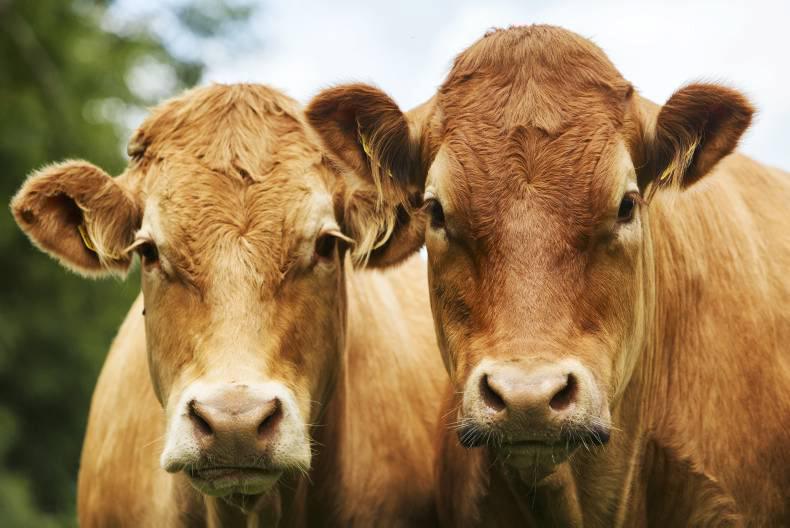
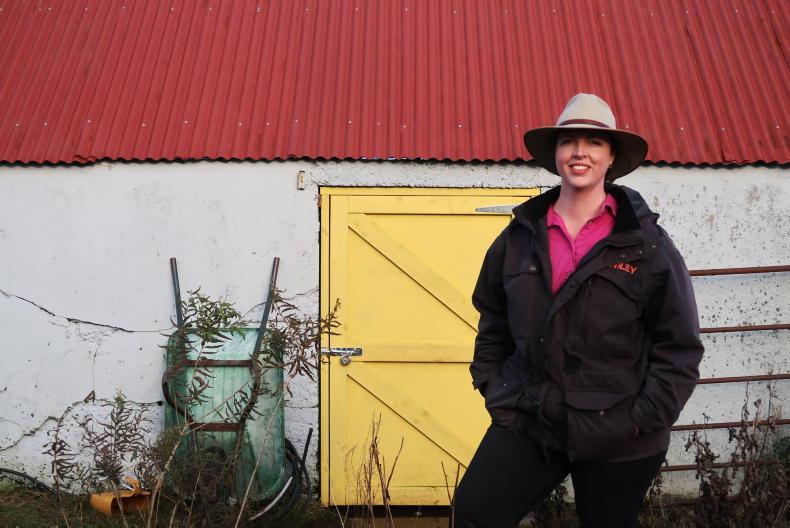
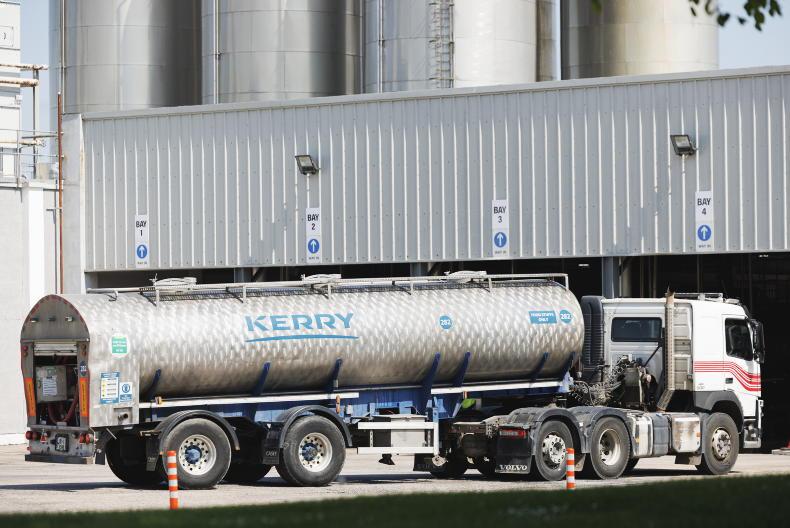
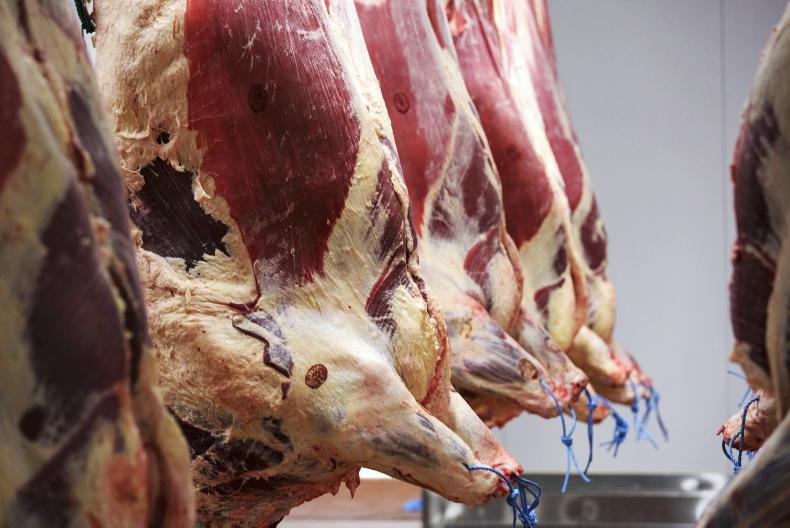
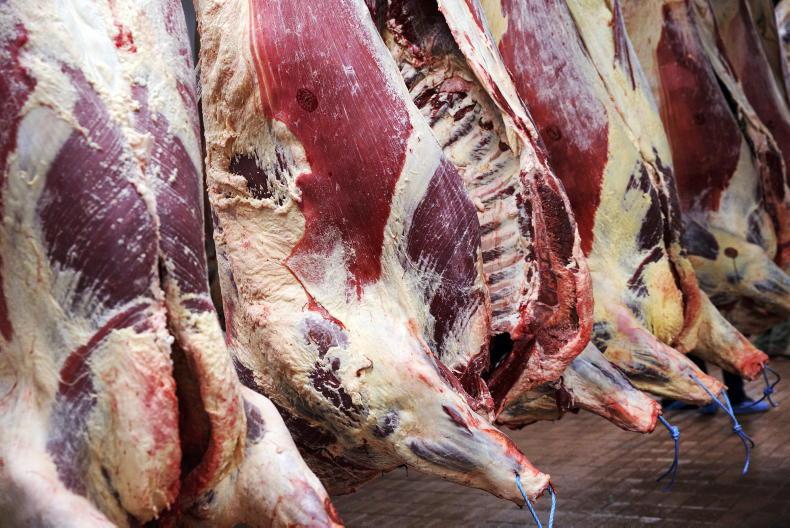
SHARING OPTIONS